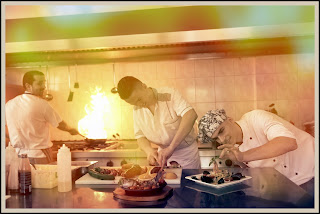Sharing Your Life

"You had better have a good story," your friends say when you show up late. You do. You explain the whole series of events that delayed you. you tell all the details of the lost dog you found, the struggle to catch it, and the thrill of finding its owner and collecting a reward. Your friends are impressed not only by your good deed, but also by the way that you told them about it. A personal narrative is a story of an experience in someone's life. It focuses on the details--the smells, sights, and sounds associated with the experience. A personal narrative is an example of expressive writing because through the telling of the story, the author expresses his or her thoughts and feelings. Click here for an example of a personal narrative. Student Activity: Discovering My Personal Narrative Get together with other students to share memorable experiences. Try to focus on a single experience, such as playing in an important game or auditioning for a school play ...





